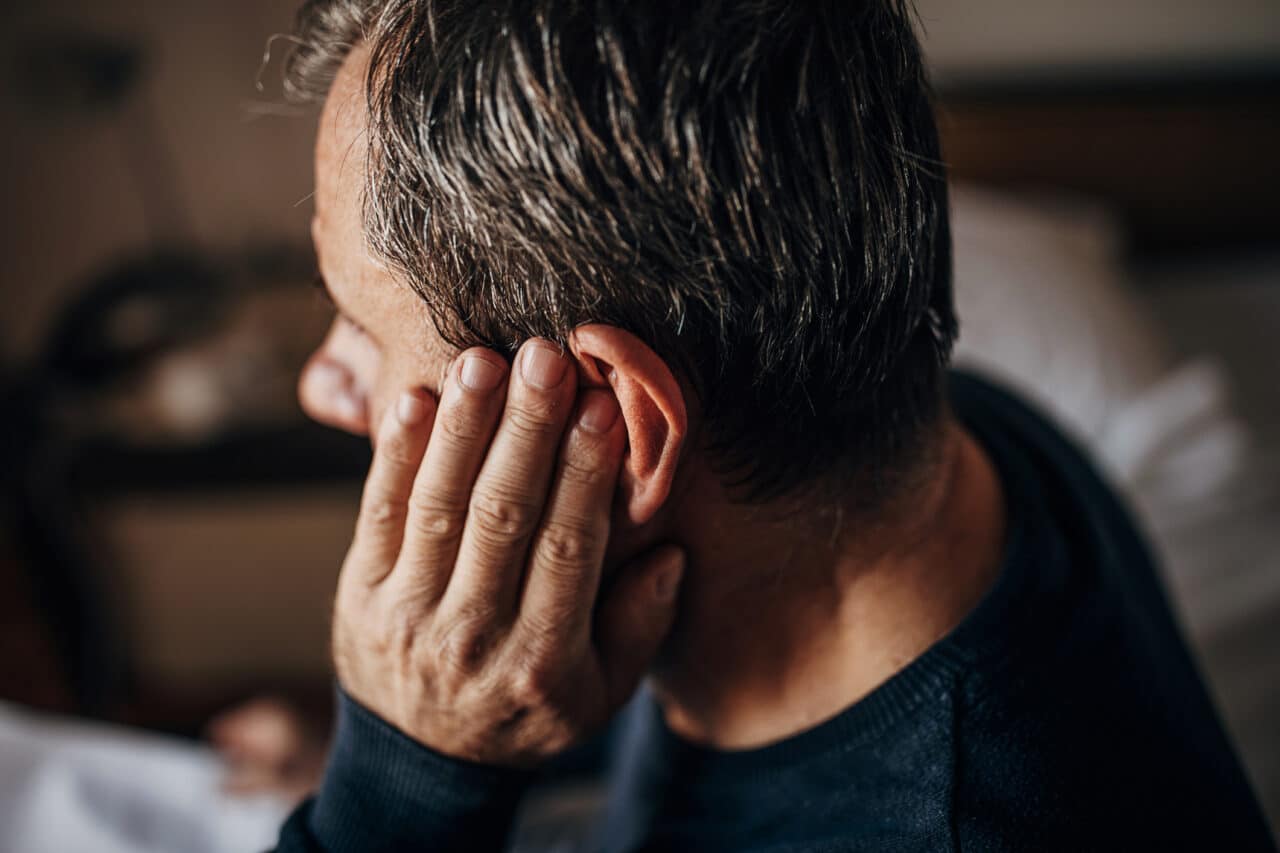A common ear infection caused by water getting trapped in the ear canal is called swimmer’s ear, or otitis externa. According to an article published in the National Library of Medicine, “Approximately 10% of people will develop otitis externa during their lifetime.”
To prevent swimmer’s ear, it’s essential that you remove the water in your ears after surfing, swimming, bathing or showering. We review how to do this safely below.
What You Can Do

If you have water in your ears, to remove it, you can try:
- Pulling gently on your earlobe while tipping your head to one side until you feel the water drain out.
- Lying on your side for a few minutes with your head resting on a towel.
- Moving your jaw around with your head tilted to the side.
- Cupping your palm over your ear, tipping your ear to the ground and gently pressing and releasing to create a suction.
- Using a hair dryer on the lowest, coolest setting to dry the water out.
- Taking a breath, pinching your nose, closing your mouth and gently exhaling to remove water from the Eustachian tubes.
- Applying hydrogen peroxide eardrops mixed with equal parts vinegar and rubbing alcohol from The Medicine Chest on East State Boulevard. Note: Do not do this if you have an ear infection, a perforated eardrum or ear tubes.
What You Shouldn’t Do
You should never try to use a Q-tip or cotton swab to remove water from your ears. Doing so is risky, in fact:
- You could push earwax deep into the ear, causing it to become impacted.
- You could puncture your eardrum, causing pain, hearing loss, infection and other problems.
- You could scratch off the protective layer inside your ear canal, making you more susceptible to an infection.
When to See a Doctor
If you’ve tried the safe techniques listed above and still feel as if there’s water in the ears and you develop pain or a fever, see your doctor right away.
To learn more about swimmer’s ear or to schedule an appointment with an ear expert, call Ear, Nose & Throat Associates today.